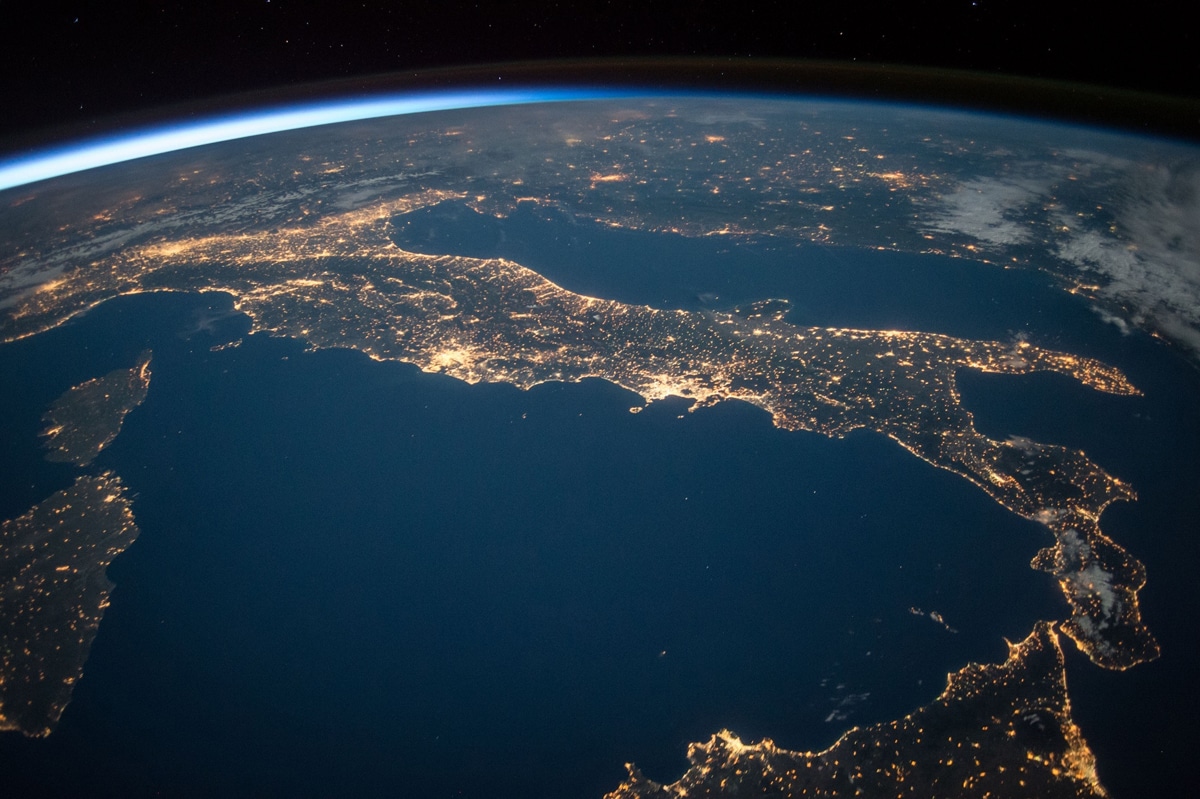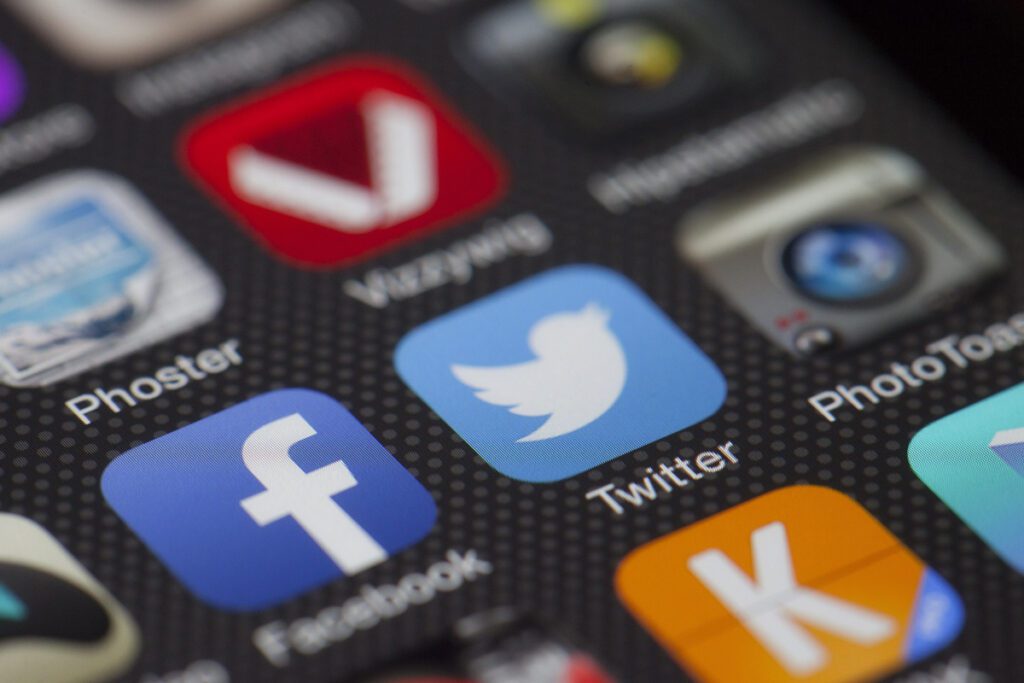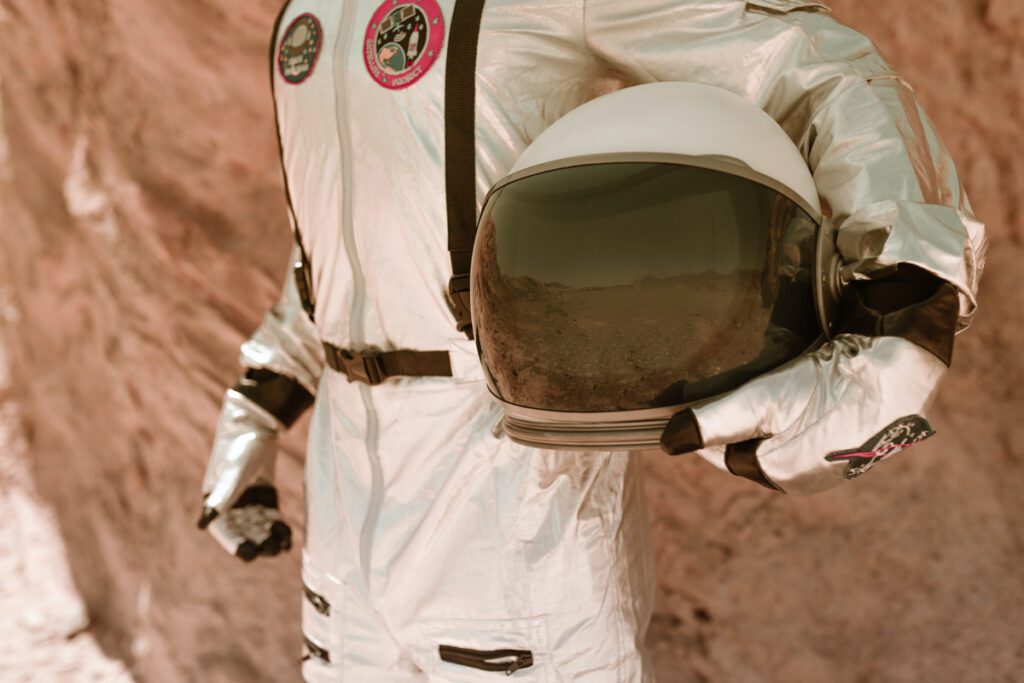
Elon Musk Twitter Becomes X - Megalomaniac or PR Genius?
There are some brands which are so unanimous and widely used that they become ingrained into culture – for many, Twitter is one of these.
Jack Dorsey – the original founder of the brand – took inspiration for the name from the two definitions of the word Twitter, one of which was a ‘short burst of inconsequential information’, and the other a ‘chirp from birds’. He liked this name, as ‘that’s exactly what the product was’.
The brand became so strong, in fact, that no one thinks of these two definitions when you hear the word ‘Twitter’ anymore – instead, we may in fact think of the word ‘tweet’, as the act of updating your status on Twitter, which is now a word in the Oxford dictionary.
So then, with a brand so strong it has literally ingrained itself into the English language, you’d be a fool to change it, right? Well no, not if your name is Elon Musk.
$44 Billion acquisition of Twitter
When Elon completed his $43 billion acquisition of Twitter on October the 27th, 2022, the world looked on with fear and intrigue. Some were scared of what the egotistical and often unhinged business magnate might do to their beloved Twitter, whereas others were curious about the change in direction that the social media site might take. But regardless of the camp you sat in excitement and unpredictability were promised.
Because even before the takeover, Elon had a history of chaotic behaviour on the platform. He seemed to see Twitter as his personal PR channel, where he leveraged his position as one of the world’s wealthiest men for further influence and clout – and of course to make himself laugh.
One such example is in August 2018, when Musk posted that he had enough funding to take Tesla private and off the stock exchange, and he would pay $420 a share – a joking reference to the marijuana festival which happens on the 20th of April each year.
Elon thought this joke was funny, but the Securities and Exchange Commission (SEC) didn’t – they issued separate fines to both Musk and Tesla at $20 million each for defrauding investors.

Another flippant post on Twitter
In 2020, he made another flippant post on Twitter, claiming that the ‘Tesla stock price is too high’ – that wiped off a cool $14 billion from Tesla’s market cap.
And then in 2021, Musk ran into SEC trouble again when he tweeted a poll asking his followers whether or not he should sell his stock, before proceeding to do just that. This led to Musk and his brother being investigated for insider trading, as Musk informed his brother that he would tweet the poll before doing so.
So it was clear that Musk saw Twitter as a playground as much as a platform, even before the massive acquisition. In fact, more than his playground, Twitter is the platform on which Musk built his personal brand – one of controversy, humour, out-spoken and impulsiveness.
The question is, is he really an unhinged billionaire or in fact a calculated Machiavellian? Judging by his post-acquisition behaviour, the answer to that question is as unclear as ever.
But if one thing is clear, it’s that Mr Musk knows how to get into the papers. Within weeks of the acquisition, nearly half of his workforce was axed – he tweeted to the remaining 50% that it was time to get ‘hardcore’. He wasn’t exaggerating – soon after doing so there were reports that Twitter was under investigation by city officials in San Francisco for breaching building usage licence laws because Musk had decided to convert offices into ‘modest bedrooms’, with ‘four to eight beds a floor’.
At least his Twitter Employees have somewhere to crash after they work long hours at high intensity, another one of his demands, which his workers found out about by checking their Twitter feeds.
Dismissing vast swathes of his workforce
 As well as dismissing vast swathes of his workforce, he also conducted an executive clearout, dissolving his board and making him the sole director. This was of course before he stepped down from the board, after finding out what his followers thought in a Twitter poll – 17.5 million people voted, and of these, 57.5% of them voted him out. Shortly after this, he made way for Linda Yaccarino, the new and current CEO.
As well as dismissing vast swathes of his workforce, he also conducted an executive clearout, dissolving his board and making him the sole director. This was of course before he stepped down from the board, after finding out what his followers thought in a Twitter poll – 17.5 million people voted, and of these, 57.5% of them voted him out. Shortly after this, he made way for Linda Yaccarino, the new and current CEO.
But amongst all this seeming madness, Twitter was still Twitter. Yes, you now have to pay for blue ticks, yes the employees now have to sleep in the office and yes the user interface and experience have changed, but fundamentally Twitter was still Twitter.
That is until it wasn’t. Because on Sunday the 23rd of July 2023, Elon Musk & Twitter announced that Twitter was in fact no longer Twitter at all – it was something new, something unfamiliar: it was X. In perhaps the biggest rebrand in recent history, Elon Musk had done the completely unexpected and totally unthinkable. He had removed one of the most iconic names of the internet era and replaced it with a single, insignificant letter, a letter which does nothing but remind us of GCSE maths equations – X.
Despite the weird rebrand
Despite the weird rebrand, it does however paint the previous nine months of madness in a new light. Far from deliberately destroying Twitter, with his mass layoffs and huge loss of advertising revenue (59% of which has flown away since the takeover, along now with the iconic Twitter bird), Musk seems to be doing something much more calculated – he seems to be taking Twitter apart brick by brick, before rebuilding it brand new into something else.
And the rebrand into X seems to be part of that journey – but, as a man who understands the mechanics of free PR and getting himself into the press, it wouldn’t be surprising if X wasn’t even the final name at all – that, much like the x in a maths equation, it would turn out to represent something else entirely.

China’s WeChat
Acquiring Twitter – sorry, X – was never Elon’s final endgame. Musk saw Twitter as an accelerant to creating X, his so-called ‘everything app’. Taking inspiration from one of the biggest apps in the world – China’s WeChat – Musk wants to make Twitter into an app that can apparently do anything. WeChat allows its Chinese users to do instant messaging, install other apps, write micro-blogs (like Twitter), do everything that’s expected with a normal social media company, and, bizarrely, even conduct private financial activity.
To many, it seemed like Musk was just playing around with monopoly money when he spent $43 billion on Twitter but now it seems like his acquisition and everything that has followed since was all part of his masterplan.
And when it comes to advertisers and users dropping off, which they are, perhaps Musk doesn’t mind – he’s trying to build something new, with a new name, and a new user base. In doing so Musk has borrowed from the classic PR playbook, deploying the old ‘bad publicity is better than no publicity’ trope, the idea that it’s better to resonate really strongly with 20% of the market and be disliked by the remaining 80%, than be vanilla and have nobody care at all.
Because amongst the constant controversy is a lot of global media attention. He is taking us on a soap opera, a roller coaster ride, and whether we question his decisions or not, we certainly don’t want him to stop making them. The rebranding to X is certainly not the end, which begs the question, what tricks will master Musk pull off next?
Calculating PR Genius?
Assuming he is a calculating PR genius, perhaps he does want to deliberately alienate users from his app – but only the ones who are unwilling to get behind his agenda. In so doing he will create this cult that he sits at the top of; after all, he is the most followed Twitter user with 151 million followers.
And then embodying the furthest extent of what it means to be an influencer, he will have an army of users ready to accelerate anything he plans or wants to do, whether it’s beat his arch nemesis Mark Zuckerberg in a cage fight, or populate Mars. Forget the ‘everything app’, perhaps Elon is trying to create the ‘Musk app’, a platform on which he exerts an almost God-like level of control and influence on his users.
Since the takeover late last year, many high-profile users have flown the Twitter nest, including the likes of Elton John, Jim Carrey and Gigi Hadid. But having these ‘haters’ is part of his plan, part of his demolition and rebuilding process. Moreover, he has made concerted efforts to reverse the direction the app was going down, which was removing users due to their free speech, like when Donald Trump was banned for the risk of the ‘incitement of violence’. Musk is reversing this, and he has reinstated the once-banned accounts of Donald Trump, Kanye West and tens of thousands of others.
He seems to want to create a different social media platform, a fundamentally different offering from the other giants. The zeitgeist is flowing in favour of more regulation and more policing of content, whereas Musk wants to create a ‘timely and accurate source of truth, even if the truth is something we don’t want to hear or unpleasant or whatever’, which are words he uttered in the Morgan Stanley, Media and Telecommunications Conference.
In conclusion, it seems like Musk’s acquisition of Twitter was not just him throwing around his loose change on a shiny toy he really enjoyed using, but rather him making a calculated, long-term decision to create his own personal PR and advertising machine for himself and his other businesses and to create the jewel of his empire, which could be the so-called everything app.
I’m calling it here first that X is not the final name for the platform, but rather another PR ploy designed to get our attention, first when Twitter was changed to X, and then when X changes into something else.
Let’s get the popcorn out and see what happens!














